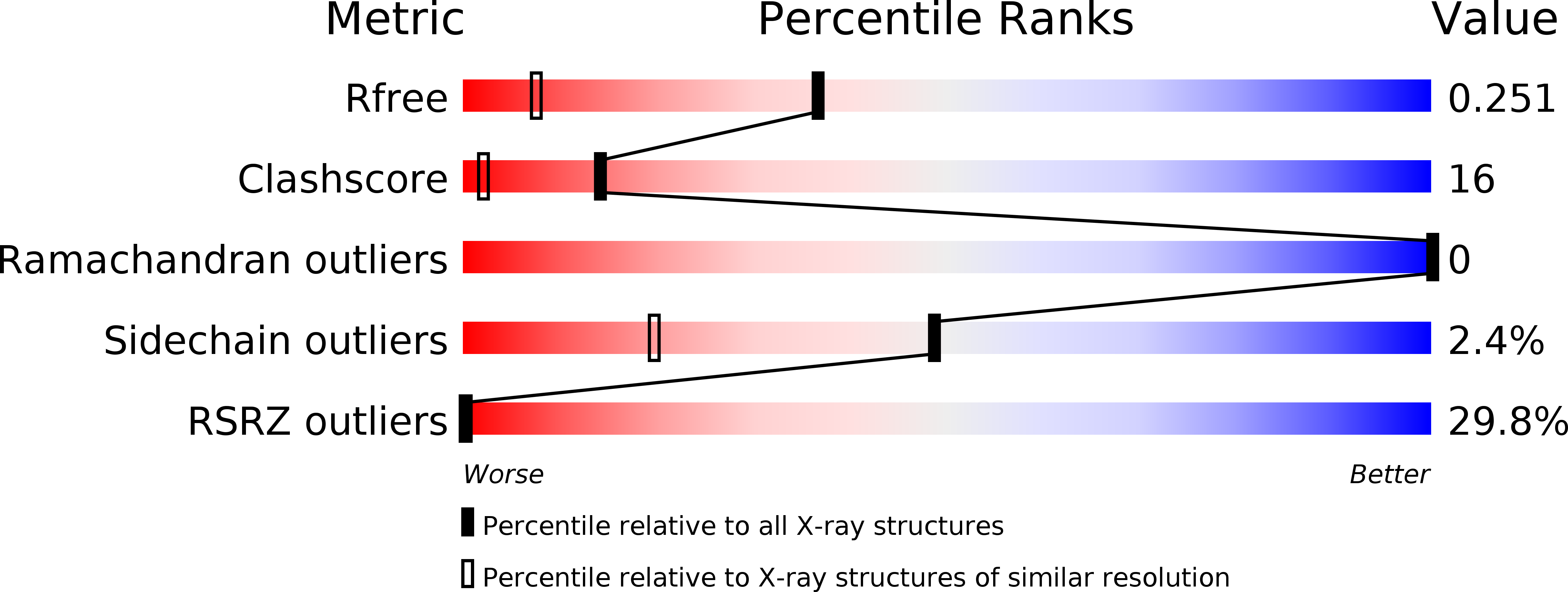
Deposition Date
2009-08-19
Release Date
2009-10-27
Last Version Date
2024-11-27
Entry Detail
PDB ID:
3IQ3
Keywords:
Title:
Crystal Structure of Bothropstoxin-I complexed with polietilene glicol 4000 - crystallized at 283 K
Biological Source:
Source Organism:
Bothrops jararacussu (Taxon ID: 8726)
Method Details:
Experimental Method:
Resolution:
1.55 Å
R-Value Free:
0.24
R-Value Work:
0.20
R-Value Observed:
0.20
Space Group:
P 1 21 1


